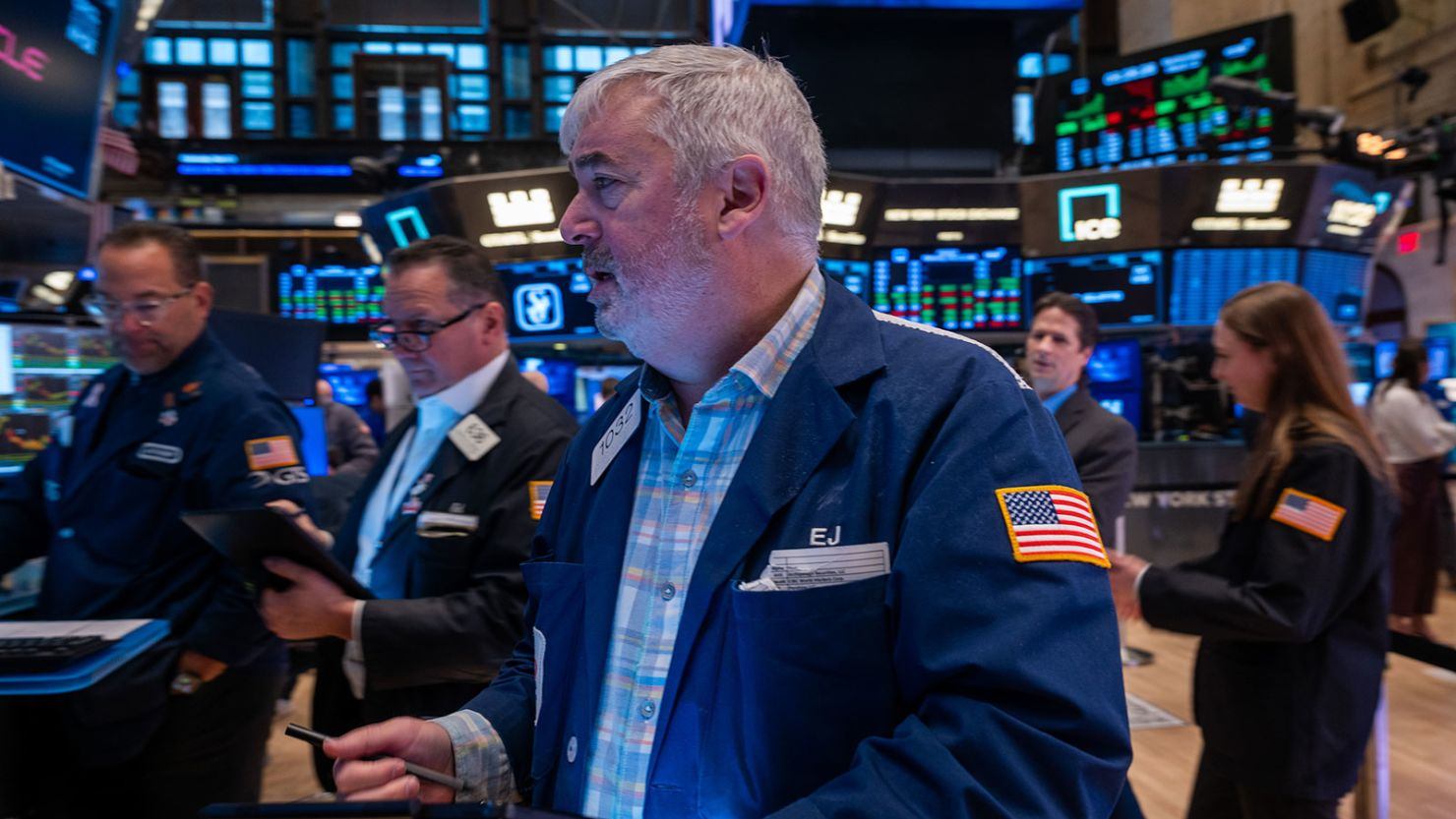The market fully priced the Federal Reserve cut interest rates 5 times this year, totaling 125 basis points!
Financial markets plunged & the big stick of tariffs fell, and markets refused to sit still.
On April 7, global stock markets plunged collectively.
The Nikkei 225 Index plunged more than 8%, and the TSE Index triggered a circuit breaker; South Korea's Composite Stock Price Index fell more than 5%, and programmatic trading was suspended; the weighted index of China Taiwan plunged nearly 10%, and TSMC's share price fell more than 10% in a single day.The Hang Seng Index of Hong Kong stocks opened down 9.28%, the three major A-share stock indexes opened lower by more than 4%, and the GEM index fell by 1.85%.
Financial markets plunged & the big stick of tariffs fell, and markets refused to sit still.Although the official dot chart still maintains the benchmark forecast of two interest rate cuts during the year, the interest rate swap market has fully priced interest rate cuts five times (a cumulative 125 basis points), and the two-year U.S. bond yield has fallen to its lowest level since September 2022.
At the March interest-rate meeting, the Federal Reserve chose to "respond to changes with no change"-maintaining interest rates in the range of 4.25%-4.5%, but sharply reducing the rate of national debt contraction from US$25 billion per month to US$5 billion. This operation was interpreted by the market as "implicit easing."Although Powell emphasized that the economy's "hard data"(such as employment and consumption) are still resilient, the Federal Reserve has simultaneously lowered its 2025 GDP growth forecast by 0.4 percentage points to 1.7%, and its core PCE inflation forecast has been raised to 2.8%. The risk of stagflation looms.This contradiction is fully exposed in the dot chart: 9 out of 19 officials still support cutting interest rates twice, but the number of officials who believe that there is no need to cut interest rates or only once has doubled from December last year, while fewer supporters expect three interest rates.This subtle shift in internal stance suggests that the Fed's trust in economic resilience is weakening.
Markets are clearly more pessimistic than policymakers.Interest rate swap pricing shows that traders have raised their expectations for interest rate cuts throughout the year from three to five, and even expect a cumulative interest rate cut of 100 basis points for the rest of 2025.JPMorgan Chase even more aggressively predicted that from April 2025 to January 2026, the Federal Reserve will cut interest rates at every FOMC meeting, and the final top of interest rates will drop to 3.0%.
The logical chain of this bet is clear: the Trump administration's expanded tariff list to be announced on April 2 may increase the prices of imported goods by 2%, but slowing economic growth and cracks in the labor market (the broad unemployment rate hit a new high since October 2021 in February) will force the Fed to prioritize recession risks.UBS estimates show that if tariffs are only partially passed on to terminal prices, upward inflationary pressure will be offset by weak consumer demand, thus opening up room for interest rate cuts.
However, the game of policy paths is far from over.
At the March meeting, Federal Reserve Governor Waller opposed slowing down the balance sheet contraction, believing that premature release of an easing signal could exacerbate inflation.This concern is not without reason: Historical data shows that six of the nine contraction cycles since the 1960s have been interrupted by recessions, but the current unemployment rate is still at a moderate level of 4.4%, still far from the typical recession threshold.
More critically, the Fed faces dual challenges in its management of inflation expectations-on the one hand, consumer surveys show that inflation expectations may form a self-fulfilling spiral due to rising tariffs; on the other hand, the deviation of actual inflation indicators from the 2% target continues to expand, and the core PCE has been above the target range for 18 consecutive months.Barclays Bank warned that the Federal Reserve may even be forced to suspend interest rates if immigration restrictions and tariffs combine to push up service prices.
The divergence of institutional expectations further highlights policy dilemmas.
TD Bank believes that the Federal Reserve will wait and see until July before resuming interest rates, while Nomura Securities predicts that interest rates will only be cut once throughout the year, in sharp contrast to market pricing.This divergence essentially stems from differences in assessments of the "policy lag effect": the tightening effect of the cumulative 14 interest rate hikes in 2023 has not yet fully emerged, while the peak maturity of corporate bonds is concentrated in the second half of 2025, and the rising cost of debt rolling over may Accelerate the economic downturn.
Goldman Sachs believes that the Federal Reserve may adopt a "step-by-step interest rate cut", remain cautious before June, and increase easing efforts after hard data deteriorates.The risk of this strategy is that if the market overdraws expectations of interest rate cuts in advance and leads to premature relaxation of financial conditions, it may actually offset the effect of monetary policy and form an "expectation trap."

·Original
Disclaimer: The views in this article are from the original Creator and do not represent the views or position of Hawk Insight. The content of the article is for reference, communication and learning only, and does not constitute investment advice. If it involves copyright issues, please contact us for deletion.